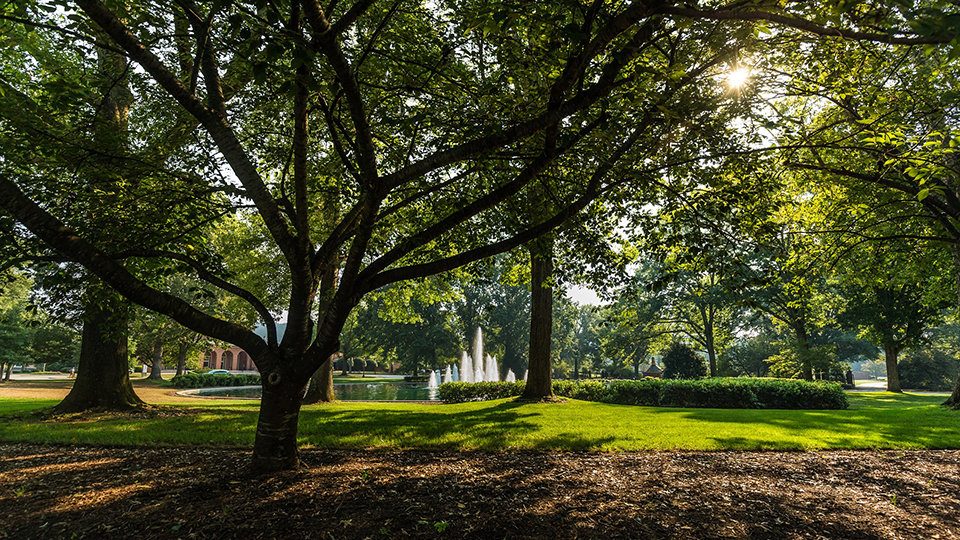The Royal Flush
Upcoming events
Armstrong Lecture in Media & Democracy CLP
Monday at 10:30 PM – Watkins Room, TroneFurman Singers Concert CLP
Wednesday at 12:00 AM – Chapel Main SanctuaryDIY Air Plant Terrariums
Wednesday at 3:00 PM – Duke Library StepsSecluded Microcosm: Artist Talk CLP
Wednesday at 4:30 PM – Roe Art Building Lecture RoomIs Social Media Worth It? CLP
Wednesday at 9:45 PM – Burgiss Theater, TroneWaves Across Time CLP
Wednesday at 11:00 PM – McAlister AuditoriumSummer Seasonal Jobs Virtual Career Fair
Thursday at 6:00 PM – Online via SyncDINKnowing Inequality CLP
Thursday at 8:00 PM – Furman Hall 214Equity in Aging CLP
Thursday at 9:00 PM – Burgiss Theater, TroneWisdom from Winston CLP
Thursday at 9:00 PM – AmphitheaterMathematics for Human Flourishing CLP
Thursday at 11:30 PM – Younts Conference CenterAsheville Foodie Day Trip
Saturday at 4:00 PM – Asheville, North CarolinaFurman Symphony Orchestra Concerto Concert CLP
Sunday at 11:00 PM – McAlister AuditoriumYOUR ADVERTISEMENT HERE
8 Years Later: The On-Going Furman Landscaping Project

Nov. 2019 to Nov. 2020 brought massive change to campus--the removal of Furman Mall's beloved oak trees. This process was phase five in a six-phase, multi-year project that began in 2014 to redo the main entrance. Most of the willow, pine, and water oak trees targeted in this project were planted between 1956 and 1958, and were towards the end of their lifespan.
Professor Emeritus of Biology Dr. Joseph Pollard was able to discuss the deliberation and debate amongst the Board of Trustees and the administration at the time. He stated that no one in the room wanted to see the trees go, but they were left with no choice. The water and willow oaks tend to grow very fast in the early years, but end up having a short lifespan of around 60 years. Since the trees were planted in the late 50s and early 60s, they had basically reached their end.
Dr. Pollard stated that the removal process was "not an if, but a when." Towards the end of the tree's lives, lots of financing went into branch removals and debris-sweeping following storms. The financial, logistical, and safety/legal concerns led to a point of no return, wherein the decision to remove the trees was made.
Dr. Pollard stressed the importance of financing, stating that the availability of funds was one major reason the specific time of removal was selected. The project was a "tremendously expensive one" and the donations of George G. Willis Jr. helped fund much of it. Willis, who passed away in 2012, was a 1948 Furman graduate and his donations to Furman's campus allowed money to be earmarked for the project as well as many outdoor campus improvements and the on-campus arboretum, which is under his name.
Dr. Pollard stated that the young trees now placed on the mall are primarily overcup oaks. These oaks will have an estimated lifespan of around 200 years. There are other trees also featured on the mall, with lifespans ranging from 250 to up to 400 years, such as scarlet trees and swamp white trees.
Not included in the original six-phase removal plan was the recently-finished roundabout circle, which also had trees removed and landscaping remodeled.
The removal of the trees is not without controversy as many students feel disappointed in the perceived decline of the campus' aesthetic and natural beauty. Although given the situation the board and administration was placed in, there appears to be many students more comfortable with the move to replace the older trees with the newer, more stable trees.
When asked about the removal, Junior Allison Smith said, "It was extremely heartbreaking to witness all the beautiful trees being torn down. However, I ultimately understand that it meant the safety and betterment of the campus." Sophomore Britany Bonilla echoed a similar sentiment, "While I understand that the trees were dying it is, nonetheless, really sad because the trees were such an essential part of what made our campus what it is."